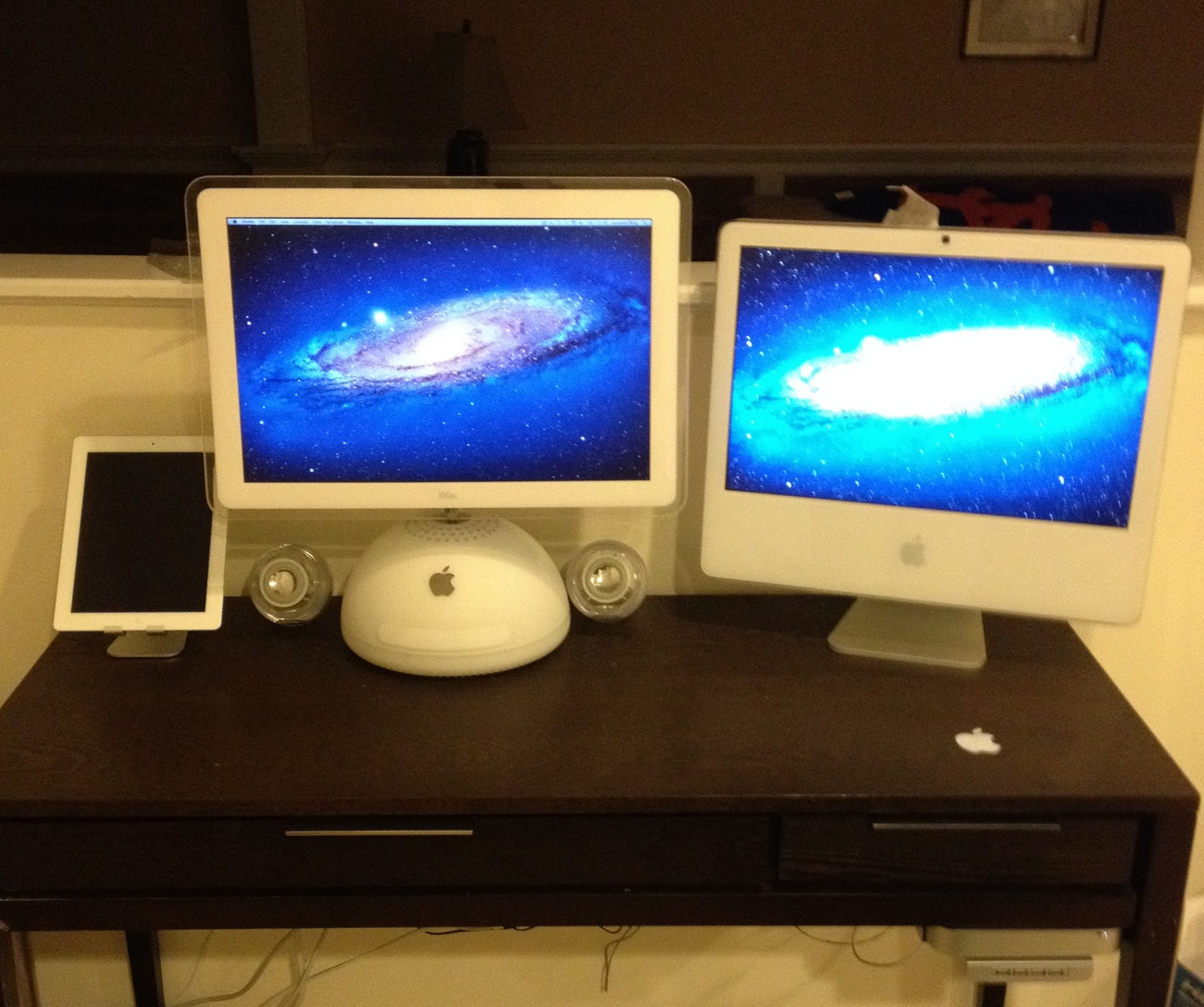
- #Using 2 screens for mac how to
- #Using 2 screens for mac android
- #Using 2 screens for mac pro
- #Using 2 screens for mac trial
You can connect just one external display using either a Thunderbolt 3 or USB-C cable.
#Using 2 screens for mac pro
The 2020 M1 MacBook Pro 13 doesn't have an HDMI port but has either two or four Thunderbolt 3 / USB-C ports. You can also use the HDMI port to connect an external screen – particularly useful if you want to connect to a TV to set up an entertainment centre. The Thunderbolt 4 cables are backwards compatible and can be used to connect to a display using a Thunderbolt 4, Thunderbolt 3 or USB-C cable. If you have a monitor that doesn't have a USB-C port, see our guide to the best USB-C monitors to find one or use an adapter or dock as required. The latest M1 Pro and M1 Max MacBook Pro 14 and 16 (released in October 2021) have Thunderbolt 4 ports and an HDMI port, so you have two options to connect a monitor. This table shows the multi-monitor capabilities available in each Splashtop solution.The 2021 MacBook Pro 14 and 16 have an HDMI port and two Thunderbolt 4 ports you can use to attach an external display (Image credit: Apple) Which Splashtop solution should I subscribe to if I want each option? The button highlighted below is used to switch to the next monitor.
#Using 2 screens for mac android
The Splashtop Android apps offer the option to view one remote monitor at a time. On an iPhone (below), you have the options to view one screen at a time or both remote screens at the same time on your phone screen.

On iOS devices, including iPhone and iPad, there is a similar toolbar button available when the menu is activated at the bottom of your device screen. The final option lets you view each remote monitor in a separate window on your local computer and you can arrange those windows on multiple local monitors. The third menu item lets you view all monitors from the remote computer on one local screen. (I don’t know why Lenovo and/or Windows gave my Monitor 2 laptop screen such a long name.) The blue dot on the monitor icon shows the number of the monitor that is being access or a multi-monitor indicator. In the example below, the first two menu items let you select Monitor 1 or Monitor 2 from the remote system to view on your screen. The blue dot on the monitor icon will indicate the number of the monitor that you are viewing or a multi-monitor symbol in this example. When in a remote access session, you can switch monitors by clicking the “switch monitor” button in the toolbar at the top of your screen.
#Using 2 screens for mac how to
How to switch monitors and view multiple monitors Windows, Mac, and Chromebook
#Using 2 screens for mac trial
Try it now with a free trial of Splashtop Business Access Pro, Remote Support, or SOS. Watch this video to see multi-monitor remote access from Mac to Mac. *Chromebook support available in Splashtop Business Access, Remote Support and SOS. Control and view your Mac from Windows, Mac, iOS, Android and Chromebook*.Control and view your Windows computer from Windows, Mac, iOS, Android and Chromebook*.With Splashtop, you can view and control remote computers cross platform, including viewing multiple monitors from one operating system on a local computer or device running another operating system. Cross-platform viewing and remote control Read on below for a list of which Splashtop solutions include each of these options. View multiple remote monitors on multiple local screens (multi-window / multi-to-multi monitor).View multiple remote monitors on one screen (one-window).



 0 kommentar(er)
0 kommentar(er)
